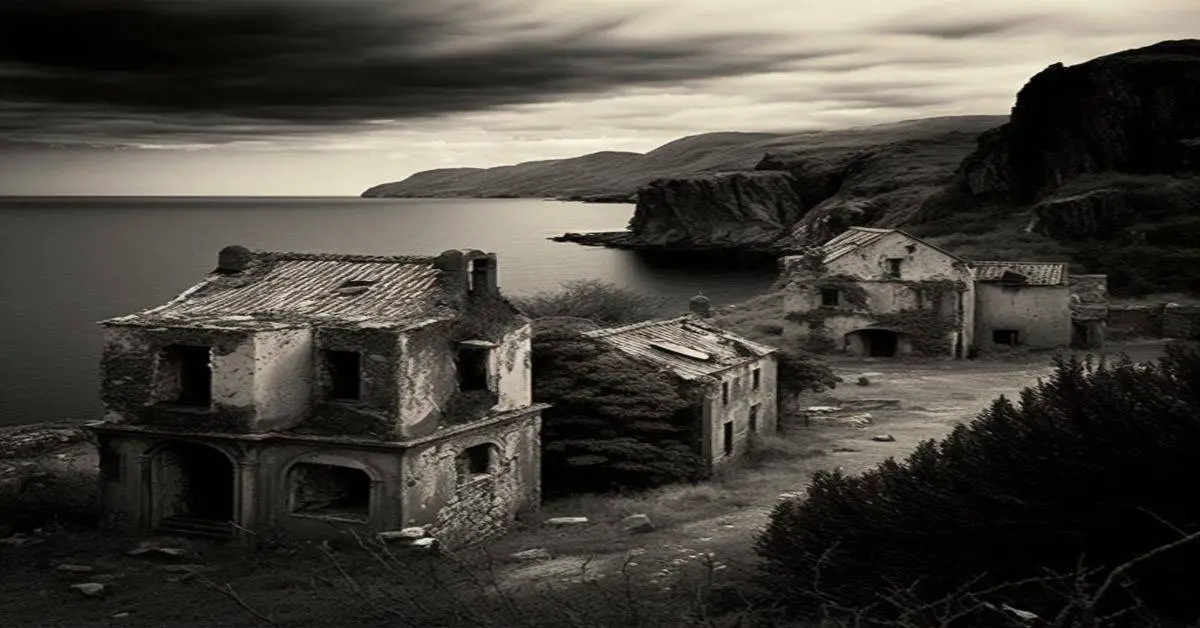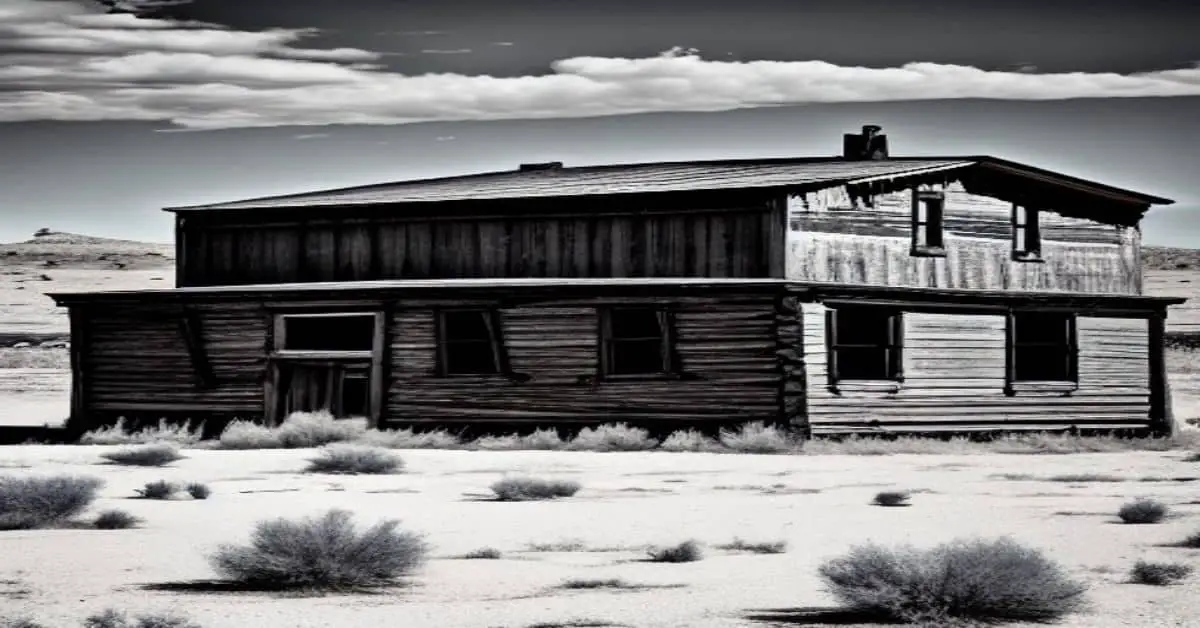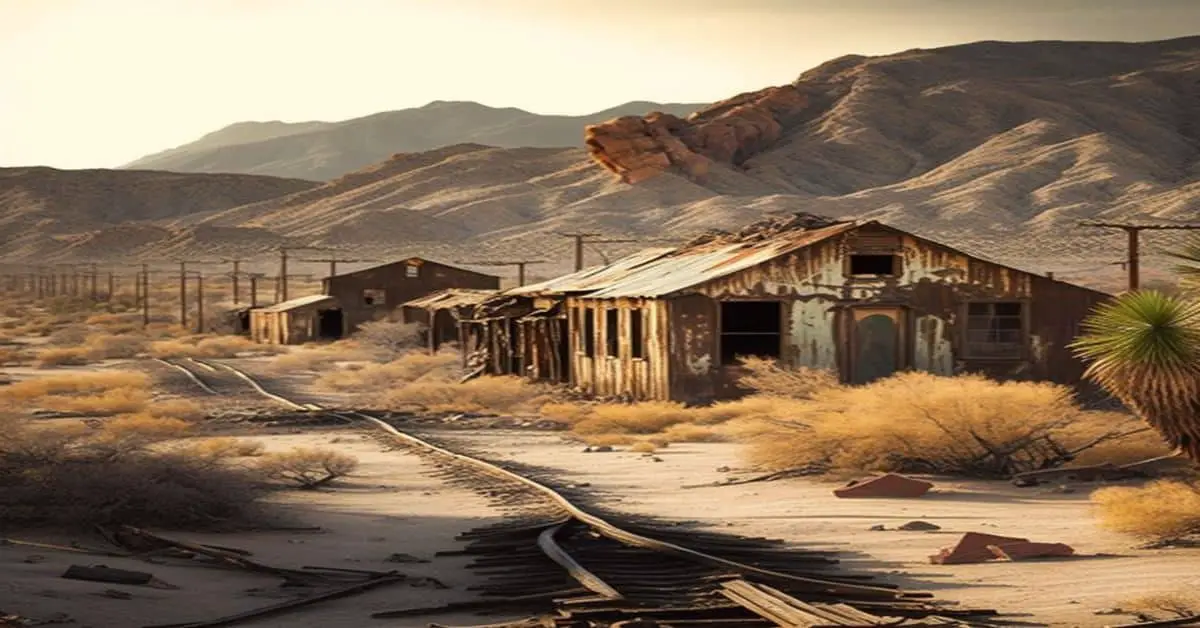Amidst the vast and rugged terrain of Arizona, lies a treasure trove of history, mystery, and folklore. The ghost towns of Santa Cruz County offer a glimpse into the state’s rich past, where once-thriving settlements have now been reclaimed by nature. The juxtaposition of deserted buildings against the backdrop of the majestic Arizona landscape creates a hauntingly beautiful scene.
In this article, we will delve into Santa Cruz’s ghostly past and explore the reasons behind the abandonment of these towns. The history of Santa Cruz County’s ghost towns is as fascinating as tragic. The discovery of silver, gold, and other minerals in the late 1800s paved the way for the creation of several prosperous towns. However, as the mines ran dry and the population dwindled, these towns were gradually abandoned, leaving behind a trail of stories and legends.
Today, these ghost towns serve as a reminder of the boom and bust cycle that characterized Arizona’s economy in the past. In this article, we will examine the factors that led to the abandonment of these towns and the efforts taken to preserve their cultural heritage.
Key Takeaways
- Many ghost towns in Santa Cruz County offer a glimpse into the state’s rich past, with reasons for abandonment including environmental factors and economic decline.
- Preservation efforts and tourism are important for economic viability and cultural significance, with restoration of buildings, historical markers, interpretive displays, and tourism programs being key initiatives.
- Preservation and tourism efforts have led to job creation and local business revitalization, with notable landmarks and folklore playing an essential role in comprehending cultural significance.
- Local legends and folklore are significant in understanding the history of abandoned towns, with many of these places believed to be haunted, adding to their mystique and serving as a reminder of the rich cultural heritage left behind.
Reasons for Abandonment
The website Ghosttowns.com provides detailed information on the reasons for abandonment of various ghost towns in Santa Cruz County, Arizona, shedding light on the circumstances that led to the desolate and eerie landscapes that now exist in these once-thriving communities.
Environmental factors played a significant role in abandoning several ghost towns in Santa Cruz County. For instance, Harshaw was once a bustling mining community that thrived in the late 1800s. However, the town was eventually abandoned due to the harsh living conditions caused by the extreme weather conditions that made living and mining in the area difficult.
Similarly, the town of Ruby was abandoned due to the risk of floods and the difficulty in accessing the town during the rainy season, which made it challenging to transport goods and supplies.
Economic decline was also a significant factor in abandoning ghost towns in Santa Cruz County. Many of the towns that were once prosperous due to mining, ranching and farming were abandoned when the industries declined. The decline in mining activities, for instance, led to the abandonment of the town of Duquesne. In contrast, the introduction of new and more efficient farming techniques led to the abandonment of the town of Calabasas.
Preservation and Tourism
Preservation efforts and tourism have become increasingly important for the economic viability and cultural significance of these deserted settlements in Santa Cruz County, Arizona. Many of these ghost towns have been abandoned for decades, leaving behind many historical artifacts and structures that are slowly deteriorating over time.
To prevent the loss of these valuable cultural resources, various organizations and individuals have tried to preserve and restore these abandoned towns. Efforts to preserve these ghost towns include restoration of buildings, creation of historical markers and interpretive displays, and establishing tourism programs.
These programs are designed to attract visitors to these once-abandoned settlements, boosting local economies and providing educational opportunities for visitors. The economic impact of these preservation and tourism efforts can be seen in the increase of visitors to Santa Cruz County, which has led to the creation of jobs and the revitalization of local businesses.
As such, these efforts not only preserve the unique cultural heritage of the region but also contribute to the overall economic vitality of the area.
Notable Landmarks and Folklore
Notable landmarks and folklore are essential in comprehending the cultural significance of abandoned towns in Santa Cruz County, Arizona. They provide insights into the daily lives and beliefs of past inhabitants, highlighting the historical, social, and economic factors that shaped these settlements.
For example, the abandoned town of Ruby has several notable landmarks, including the Ruby Mercantile Store, which still stands today as a reminder of the once-thriving mining community. Additionally, the town’s cemetery holds the graves of prominent figures who lived during the town’s heyday, such as the notorious outlaw Pearl Hart, whose legend lives on.
Local legends and folklore also play a significant role in understanding the history of abandoned towns in Santa Cruz County. Many of these places are believed to be haunted, with ghost stories and tales that add to their mystique.
For instance, Sasabe, a former stagecoach stop, is said to be haunted by the ghost of a young woman who died tragically in a fire. Similarly, the abandoned town of Harshaw is rumored to be the site of a lost Spanish mine, with tales of treasure hunters and mysterious disappearances adding to the town’s allure.
These stories and legends not only add to the intrigue of these abandoned towns but also serve as a reminder of the rich cultural heritage that has been left behind.
Frequently Asked Questions
What impact did the abandonment of these towns have on the surrounding environment and wildlife?
The abandonment of ghost towns in Santa Cruz County, Arizona likely had a significant impact on the surrounding environment and wildlife, with buildings and infrastructure left to decay. Historical preservation efforts may mitigate some of this impact.
Are there any ghost towns in Santa Cruz County that have been partially or fully restored for visitors?
Despite the challenging nature of restoration efforts, several ghost towns in Santa Cruz County, Arizona have been partially or fully restored for visitors. These restored sites hold significant historical value for understanding the region’s past.
Have any paranormal experiences or sightings been reported in these ghost towns?
Paranormal investigations and folklore traditions have been reported in several ghost towns in Santa Cruz County, Arizona. These reports include sightings of ghosts, unexplained sounds, and eerie feelings, attracting visitors interested in the supernatural.
How have the local Native American tribes been affected by the history of these abandoned towns?
The history of abandoned towns in Santa Cruz County, Arizona has impacted Native American relations. Cultural preservation efforts aim to honor the indigenous peoples and their history, acknowledging the impact of colonization and displacement.
Are there any unique or lesser-known ghost towns in Santa Cruz County that are not mentioned on Ghosttowns.com?
Exploring Santa Cruz’s hidden ghost towns can uncover forgotten histories not mentioned on Ghosttowns.com. These unique and lesser-known ghost towns offer a glimpse into the past and provide valuable insights into the region’s history.


